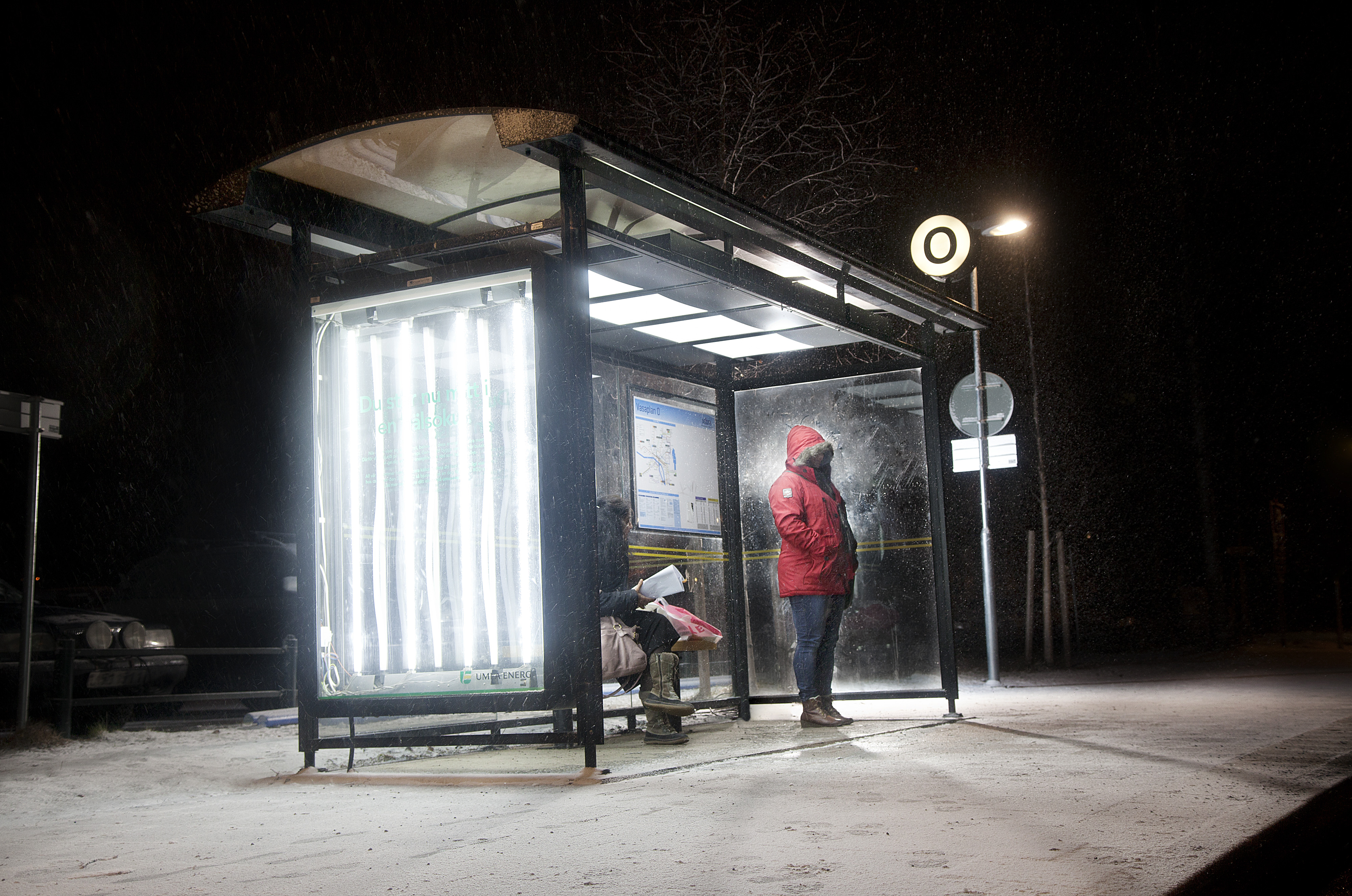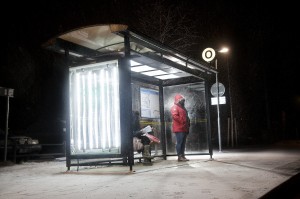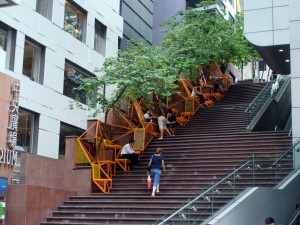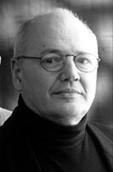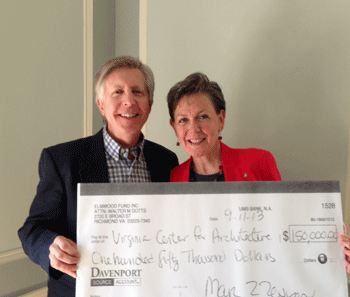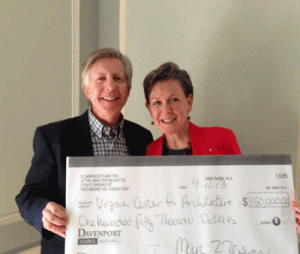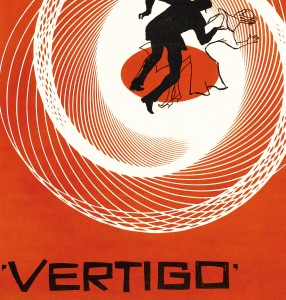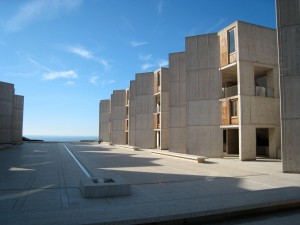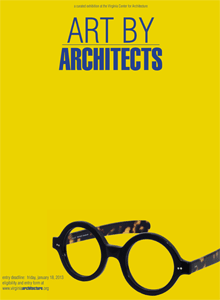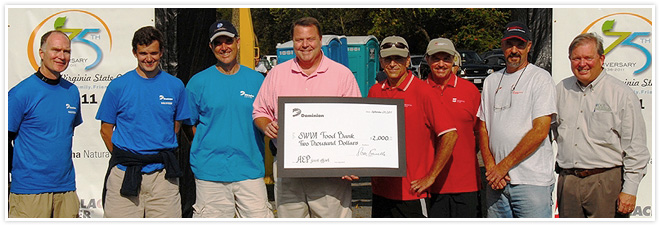The following individuals and companies have shown their support of the Virginia Center for Architecture by becoming charter members.
If you, or your company, is interested in joining at this limited-time level, contact Hannah Levy, Manager of Philanthropic Partners, before December 13, 2015.
Individual Charter Memberships
Granite – $600
Samuel A. “Pete” Anderson III, FAIA
Augustine Angba
Paul H. Barkley, FAIA
Robert Edward Beach, AIA
Kathy Blanchard, VSAIA Allied Member and Jeffrey D. Blanchard AIA
Sanford Blanchard, FAIA and Page Bond
Peyton Boyd, FAIA
Robert Boynton, FAIA
Kim O. Boys
Sally Brown
William Brown, AIA
Kathy Calhoun
Laura Cameron
Ellen Cantor, Hon. VSAIA
Marvin J. Cantor, FAIA
Drew Carneal
Eloise Medinger Caudle
Steven “Kip” Caudle
Elizabeth F. Coffield
Tim Colley, AIA
Robert Combs
Mr. and Mrs. Stephen Alexander Coor, VSAIA Allied Member
Mary P. Cox, FAIA
Albert Jack Davis, FAIA
Walter and Jennie Dotts
Helene Dreiling, FAIA
Page Edgerton
Virginia R. Edmunds
Christopher English
Jack M. Enoch, Jr.
Nita Enoch
Steven Michael Evans, FAIA
Richard L. Ford, FAIA and Sarah Ford
John Kendall Gallaugher
Rhea George
Walter Douglas Gilpin, Jr., FAIA
Patricia Glavé
G. William Greer
Dick Gresham
Elaine Overcash Hanbury
George Hellmuth
Thomas A. Kamstra, AIA
Bruce Kay
Ivor Massey, Jr.
Mark McConnel, AIA
Hugh C. Miller, FAIA
Ruth Blair Moyers
Edward Nace
Sharon Collins Park, FAIA
Patsy K. Pettus
Jacquelyn and Robert Pogue
Evelia M. Gonzalez Porto
Kathryn Prigmore, FAIA
Gerald J Ritter and Barbara E. Ritter
Coleen Butler Rodriguez and Agustin E. Rodriguez
Frederick Rogers
Robert M. Sexton
David Shields
Larry S. and Matilda S. Shifflett
Jack and Mary Spain
Tom and Tracy Stallings
Robert A. Steele, AIA
Dr. Lee Stelzer and Mrs. Katie Stelzer
Roger and Patricia Stroud
The Cynnie Davis and Don Swofford Fund
Reggie Tabor
Bill Talley, AIA
Hon. Helen Marie Taylor
George “Bill” William Thomas Jr.
William F. Vosbeck, FAIA
Joseph Wells, AIA and Windy Wells
Joseph Wisnewski, FAIA
Janet Woolwine
James M. Wright, AIA
Frances Zehmer
Bucci Zeugner
Marble – $400
Frederick H. Cox, Jr., FAIA
William E. Evans, AIA
Sandra Leibowitz, AIA
Roberta Ruhr
Quartz – $200
Dr. Charles Brownell, Professor Emeritus of Art History, Virginia Commonwealth University
Robert (Bob) Engle
Brenda Gayle Epperson
Valerie Hassett, FAIA
Patty Kruszewski
George Alan Morledge, AIA
Elizabeth A. Reader, FAIA
Nicholas Vlattas, AIA and Barbara Vlattas
Stephen Weisensale, AIA
Gail Zwirner
Corporate Level Charter Memberships
Granite – $6,000
Bruce Ford Brown Charitable Trust
Clark Nexsen Architecture and Engineering
Elmwood Fund
Gresham Family Trust
Hanbury Evans Wright Vlattas
HGA Architects and Engineers
MTFA Architecture, PLLC
Mulvanny G2
Riverside Brick
Train & Partners
VMDO Architects, P.C.
Wiley|Wilson
Marble – $4,000
LITTLE
Saunders + Crouse Architects
Quartz – $2,000
BCWH Architecture
DBI Architects, Inc.
Glavé and Holmes Architecture
If you, or your company, is interested in joining at this one time level please contact Hannah Levy, Manager of Philanthropic Partners, before December 13, 2015.

